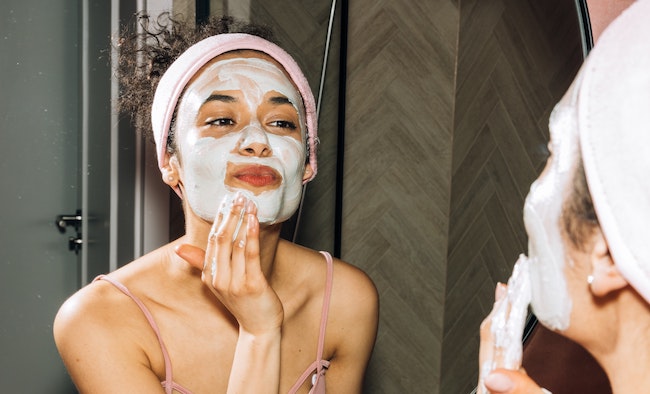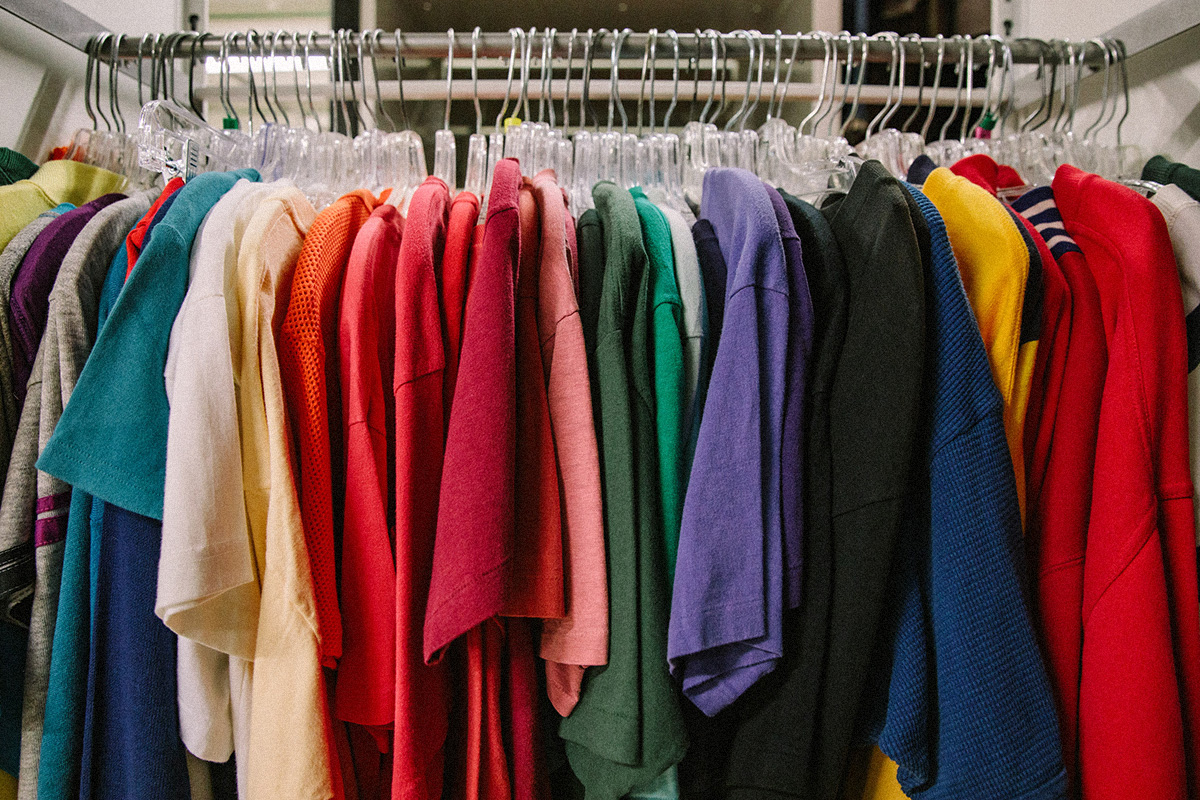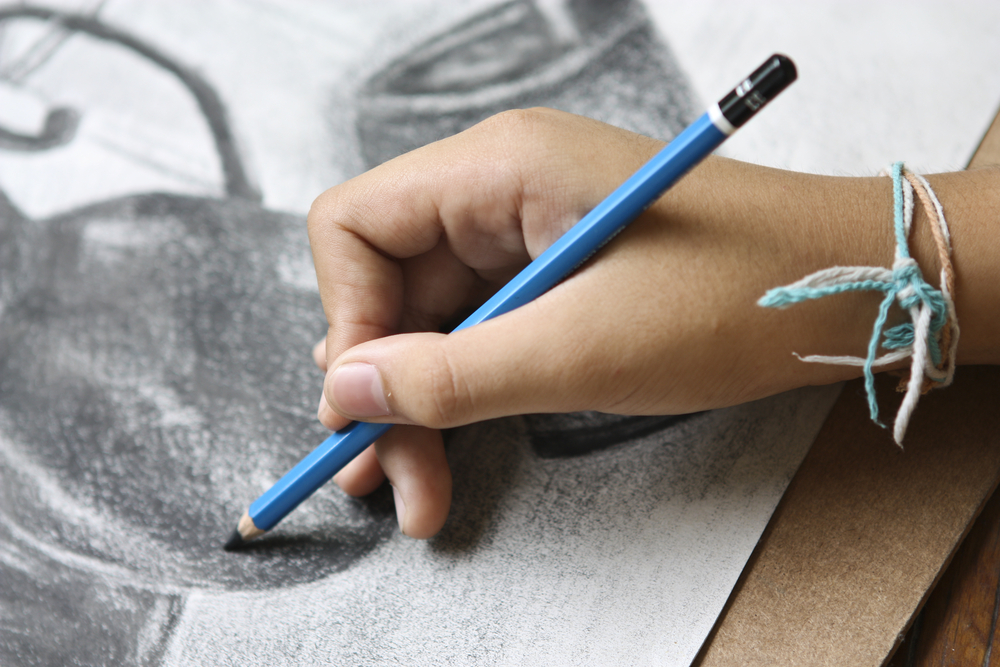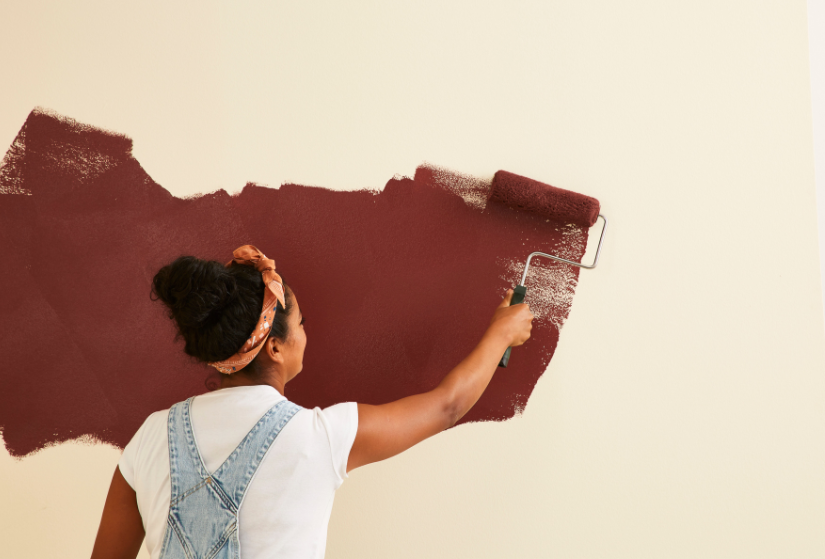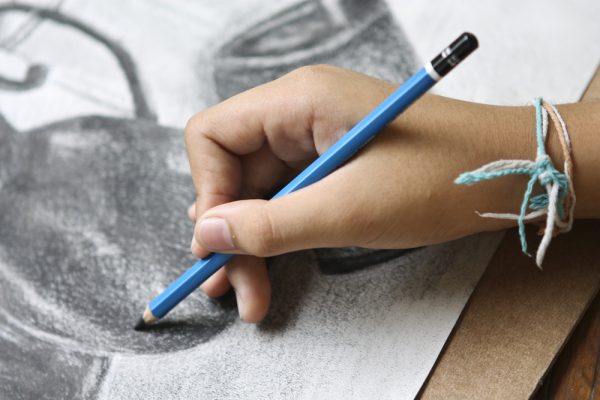A Guide to Preparing your Painting Media
February 10, 2022
You now have your concept and your colors, it’s time to paint. In this final lesson I’ll show you how to prepare your media (the thing that you are painting on) so you can apply your ideas to their full extent.
I’ll be covering 2 types of media in this post. Painting on walls and painting on canvases. Although you’re painting either way, you always have to keep in mind the media you’re painting on. Keep in mind that these are how you prepare for applying acrylic paints.
First things first when it comes to painting on your average home walls, you can’t paint directly on it. If you don’t apply the right things, the paint won’t look very good, I’ll tell you that. The first step you want to do is to make sure that all holes and stuff of that matter are covered up. You can use spackle, compound or drywall patches for that. After all that you now grab your sandpaper and sand until the wall is smooth. During this process all your spackle/compound should now be as flat as the wall, as if it were never there to begin with. Now, you can’t paint properly with a dusty surface so you have to clean off your walls. I recommend using a vacuum and then going in with a damp cloth. Finally, apply primer onto the wall and painter’s tape if needed. Your paint should have an eggshell or satin finish. Now you can begin going in with a roller or paintbrush for your wall! I would advise you to invest in some more expensive supplies. Rollers and paint brushes can make or break all your hard work. Sometimes spending a little more money can be worth it. A good brand I personally use quite often is Purdy.
Wow, that was longer than I expected. Let’s finish this blog up with learning about how to prepare a canvas for painting! Similar to wall preparation, you need to add some sort of primer, the primer for acrylic paints is called gesso. Before you apply gesso, make sure to clean your canvas! You can wipe it off with a damp cloth, rubbing alcohol can be effective as well. Now you can start laying on the gesso, make sure the gesso is stirred well. Use several layers of even amounts of gesso all over your canvas, sand your canvas in between priming times (Gesso, sand, gesso, sand, gesso, sand). It can be a tedious process but trust me it’ll make your painting more appealing and easier to work with. After you complete these steps you can start your painting process!






